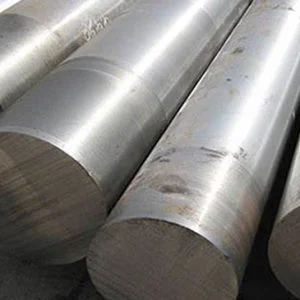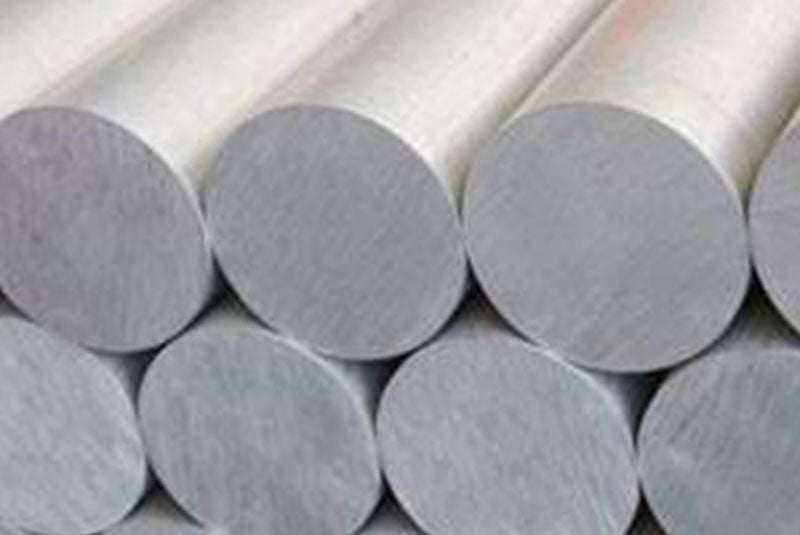Welcome to My Blog!
Before we dive into the content, I’d love for you to join me on my social media platforms where I share more insights, engage with the community, and post updates. Here’s how you can connect with me:
Facebook:https://www.facebook.com/profile.php?id=100085401406977
LinkedIn:https://www.linkedin.com/showcase/102680001/admin/dashboard/
Now, let’s get started on our journey together. I hope you find the content here insightful, engaging, and valuable.
Introduction

The 4130 steel alloy, often referred to as chromium-molybdenum steel, is renowned for its versatile mechanical properties and is widely used in various industrial applications. This alloy offers an excellent balance of strength, toughness, and machinability, making it a popular choice in sectors such as aerospace, automotive, and structural engineering. One of the key aspects that significantly influence the performance of 4130 steel is the heat treatment process. This blog delves into the intricacies of heat treatment for 4130 steel alloy, exploring its effects, methods, and benefits.
Understanding 4130 Steel Alloy
Before diving into the heat treatment process, it’s crucial to understand what makes 4130 steel alloy unique.
Composition of 4130 Steel Alloy
4130 steel is a low-alloy steel with the following chemical composition:
- Carbon (C): 0.28-0.33%
- Chromium (Cr): 0.80-1.10%
- Molybdenum (Mo): 0.15-0.25%
- Manganese (Mn): 0.60-0.90%
- Silicon (Si): 0.15-0.35%
- Iron (Fe): Balance
Properties of 4130 Steel Alloy
The mechanical properties of 4130 steel alloy include:
- Tensile Strength: 560 MPa (80 ksi)
- Yield Strength: 460 MPa (67 ksi)
- Elongation: 20%
- Hardness: 197 HB
These properties make 4130 steel a versatile material for applications requiring a combination of strength and ductility.
The Role of Heat Treatment in 4130 Steel Alloy
Heat treatment is a critical process for optimizing the properties of 4130 steel alloy. This process involves heating the steel to a specific temperature and then cooling it under controlled conditions to achieve desired mechanical properties.
Common Heat Treatment Processes
- Annealing: This process involves heating the steel to a temperature where it becomes soft and then cooling it slowly. The purpose is to relieve internal stresses and improve machinability.
- Quenching and Tempering: Quenching involves heating the steel to a high temperature and then rapidly cooling it in water or oil. Tempering follows quenching and involves reheating the steel to a lower temperature to reduce brittleness.
- Normalizing: This process involves heating the steel to a temperature above its critical point and then air cooling it. Normalizing improves the uniformity of the grain structure and enhances mechanical properties.
Table: Heat Treatment Parameters for 4130 Steel Alloy
| Heat Treatment Process | Heating Temperature (°C) | Cooling Medium | Benefits |
|---|---|---|---|
| Annealing | 850-900 | Air | Relieves stresses, improves machinability |
| Quenching & Tempering | 850-900 (Quenching) | Oil/Water | Increases strength, improves toughness |
| Normalizing | 880-950 | Air | Enhances uniformity, improves mechanical properties |
Effects of Heat Treatment on 4130 Steel Alloy
The heat treatment process significantly affects the mechanical properties of 4130 steel alloy.
Impact on Strength and Toughness
- Annealing: Reduces the strength but increases the toughness and machinability. Annealed 4130 steel is easier to work with but less suitable for high-strength applications.
- Quenching and Tempering: Increases tensile and yield strength while maintaining good toughness. This process is ideal for applications requiring high strength and impact resistance.
- Normalizing: Improves the consistency of mechanical properties and enhances the steel’s ability to withstand stress and strain.
Impact on Hardness and Ductility
- Annealing: Results in a lower hardness level but increases ductility, making the steel more pliable and easier to shape.
- Quenching and Tempering: Increases hardness but may reduce ductility if not tempered properly. The balance between hardness and ductility can be tailored by adjusting the tempering temperature.
- Normalizing: Provides a good balance between hardness and ductility, making the steel suitable for various structural applications.
Applications of Heat-Treated 4130 Steel Alloy

4130 steel alloy, when subjected to appropriate heat treatment, is used in various applications.
Aerospace Industry
- Landing Gear: The high strength and toughness achieved through quenching and tempering make 4130 steel ideal for aircraft landing gear components.
- Structural Framework: The steel’s ability to maintain strength and toughness under various conditions makes it suitable for aircraft frames.
Automotive Industry
- Roll Cages: The strength and impact resistance of heat-treated 4130 steel make it a popular choice for racing roll cages.
- Chassis Components: The alloy’s balance of strength and machinability is beneficial for automotive chassis components.
Structural Engineering
- Brackets and Supports: The uniformity and strength provided by normalizing make 4130 steel suitable for structural brackets and supports.
- Pipes and Tubes: The steel’s toughness and strength make it ideal for pipes and tubes used in construction and heavy machinery.
Conclusion
The heat treatment process for 4130 steel alloy is crucial in achieving the desired mechanical properties for various applications. By carefully selecting and controlling the heat treatment methods—annealing, quenching and tempering, or normalizing—manufacturers can tailor the properties of 4130 steel to meet specific requirements. Understanding the effects of these processes on strength, toughness, hardness, and ductility helps in optimizing the performance of components made from this versatile alloy.
FAQ
Q: What is the primary benefit of annealing 4130 steel?
A: Annealing 4130 steel reduces internal stresses and improves machinability, making the steel easier to work with.
Q: How does quenching affect the properties of 4130 steel?
A: Quenching increases the strength and hardness of 4130 steel but may reduce ductility. Tempering after quenching helps balance these properties.
Q: Can 4130 steel be used for high-temperature applications?
A: While 4130 steel performs well under standard conditions, its properties may degrade at very high temperatures. For high-temperature applications, consider alloys specifically designed for such environments.
Q: What are the typical applications of normalized 4130 steel?
A: Normalized 4130 steel is used in applications requiring uniform mechanical properties, such as structural supports and various components in construction and machinery.
Q: Is 4130 steel suitable for welding?
A: Yes, 4130 steel can be welded, but preheating and post-weld heat treatment may be necessary to avoid issues such as cracking.
